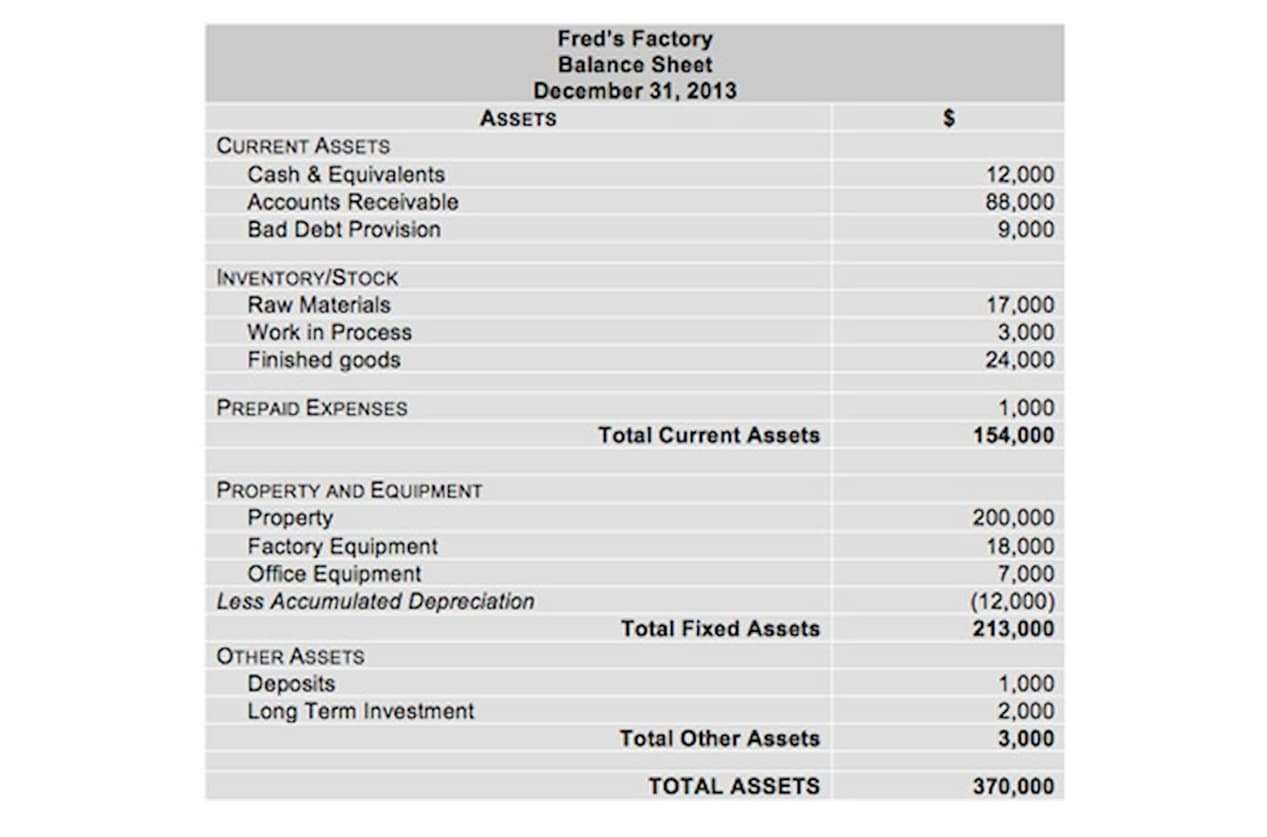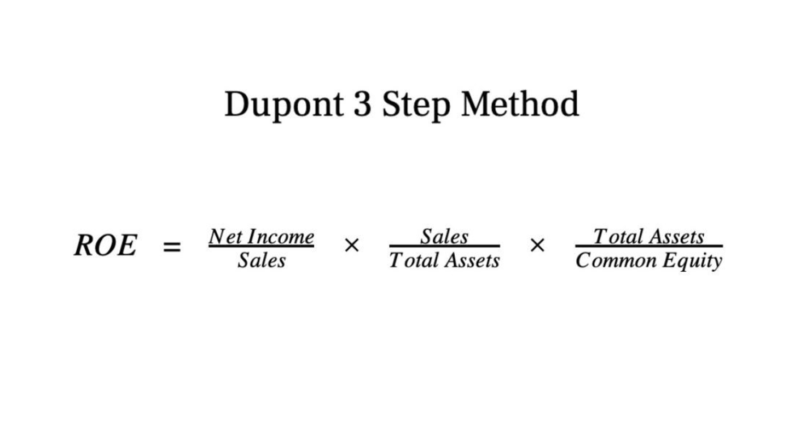Understanding Cost per Unit: A Comprehensive Guide

For example, a company with $100,000 of fixed costs and a contribution margin of 40% must earn revenue of $250,000 to break even. Sunk CostSunk cost is expenditure which has already been incurred in the past. Sunk cost is irrelevant because it does not affect the future cash flows of a business. Relevant costing is just a refined application of such basic principles to business decisions. The key to relevant costing is the ability to filter what is and isn’t relevant to a business decision. A big decision for a manager is whether to close a business unit or continue to operate it, and relevant costs are the basis for the decision.
- It also helps assess if it’s worth pursuing a particular alternative course of action that will lead to an incremental benefit to the company as a whole.
- If oil is not used on the order, it could be used in the production of other tires.
- Standard costing is commonly used in industries with standardized production processes and relatively stable cost structures.
- For a single order, the procurement cost is the total cost, which is obtained by adding up all the above costs and dividing the result by the number of orders placed during that period.
What Assumptions Does Cost-Volume-Profit (CVP) Analysis Make?
Carrying costs for materials, or material carrying costs, include interest charges on the investment in materials, insurance costs, storage costs, and other factors. Material acquisition costs arise on account relevant cost per unit formula of having to process an order. Part of the wages and operating expenses for departments such as production control, purchasing, receiving, and storage are incurred for purchasing and possessing the materials.
Demonstration of the High-Low Method to Calculate Future Costs at Varying Activity Levels

Depending on the size of the step cost increase, a manager may want to leave capacity where it is and instead outsource additional production, thereby avoiding the additional fixed cost. This is a prudent choice when the need for increased capacity is not clear. The reliability of CVP lies in the assumptions it makes, including that the sales price and the fixed and variable cost per unit are constant. All units produced are assumed to be sold, and all fixed costs must be stable. Another assumption is all changes in expenses occur because of changes in activity level.

Ask a Financial Professional Any Question
- Incremental cost is how much money it would cost a company to make an additional unit of product.
- Say, for example, that 4 hours of labour were simply removed by ‘sacking’ an employee for four hours, one less unit of Product X could be made.
- Targets can be set for each individual cost component based on the standard costing.
- Note that the $2m total profit is the same as the profit of $6m from Production Line A and the loss of $4m from Production Line B as shown in the table at the start of this example.
- Target costing is particularly useful in industries that have low profit margins and high competition.
- In addition to these factors, there are a number of other factors that can affect the cost per unit, such as the quality of the product, the marketing and sales strategy, and the competitive landscape.
Let’s take a more in-depth look at the cost equation by examining the costs incurred by Eagle Electronics in the manufacture of home security systems, as shown in Table 2.9. It’s up to your expertise to determine which quantitative factors are relevant to the decision. Because not all costs are relevant, it’s very possible that an unprofitable line should not be shut down. More likely than not, special orders aren’t considered in the budgeted production. It is possible for some companies to receive special orders when they’re already at full production capacity.
Part 2: Your Current Nest Egg
- A thorough understanding of the cost per unit can help determine how much businesses should charge for their products or services to enable efficient operations and maximize profits.
- Automation, data analytics, and artificial intelligence can streamline operations, leading to a lower cost per unit.
- Part of the wages and operating expenses for departments such as production control, purchasing, receiving, and storage are incurred for purchasing and possessing the materials.
- Reducing inventory holding costs can be done by optimizing the inventory levels and selling off excess inventory.
- Make vs. buy decisions are often an issue for a company that requires component parts to create a finished product.
That competitor can then sell ice skates for less money, which likely means fewer people will buy the more expensive ice skates. The material is not in our stock, so we have to buy from suppliers if we want to accept this order. Targets can be set for each individual cost component based on the standard costing. This represents the apportionment of general and administrative overheads based on the number of machine hours that will be required on the order.
Companies look to analyze the incremental costs of production to maximize production levels and profitability. Only the relevant incremental costs that can be directly tied to the business segment are considered when evaluating the profitability of a business segment. Since incremental costs are the costs of manufacturing one more unit, the costs would not be incurred if production didn’t increase. Incremental costs are usually lower than a unit average cost to produce incremental costs. Incremental costs are always composed of variable costs, which are the costs that fluctuate with production volumes. Additionally, the unit cost is influenced by multiple factors, such as fixed costs, variable costs, direct and indirect costs, production volume, and more.
Method 3: Standard Costing
Say a pizza costs $10 ($9 after discount) at ABC Pizza and it subsequently came to your knowledge that a similar pizza is offered by XYZ Pizza for just $8. So the next time you would have ordered a pizza, you would have (hopefully) placed an order at XYZ Pizza realizing that the $50 you have already spent is irrelevant (see sunk cost below). To demonstrate how a company would use a scatter graph, let’s turn to the data for Regent Airlines, which operates a fleet of regional jets serving the northeast United States. The Federal Aviation Administration establishes guidelines for routine aircraft maintenance based upon the number of flight hours.
